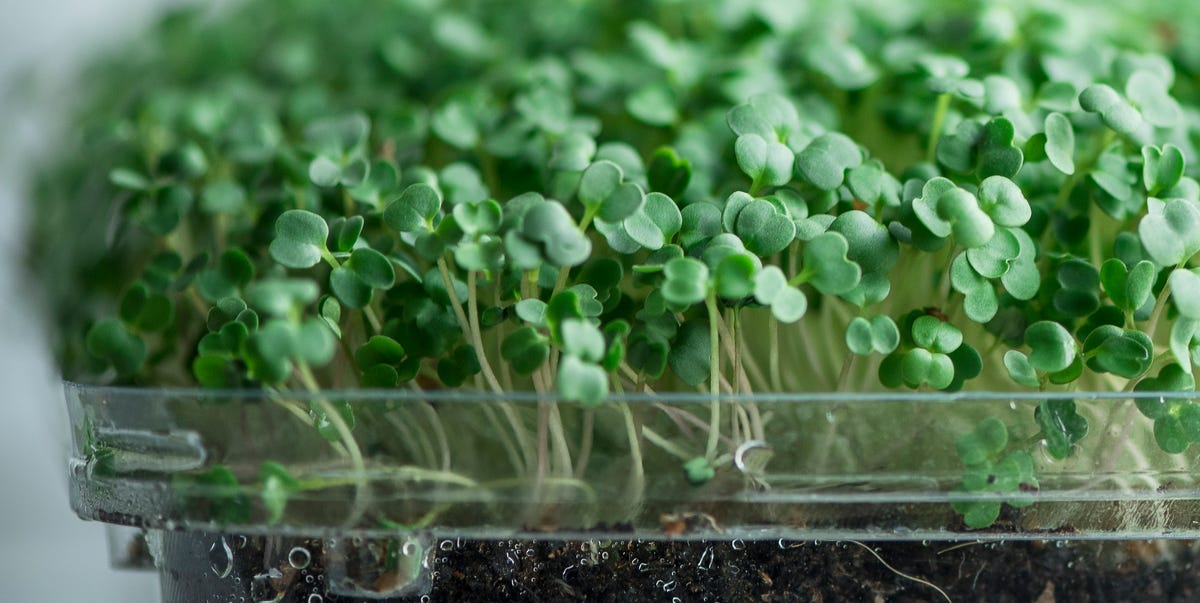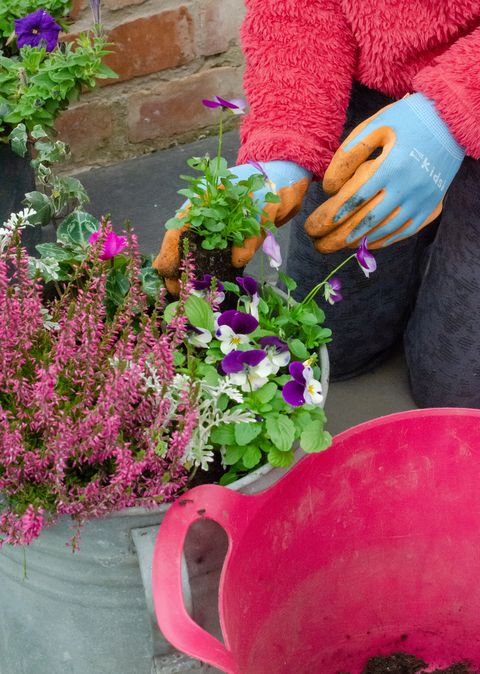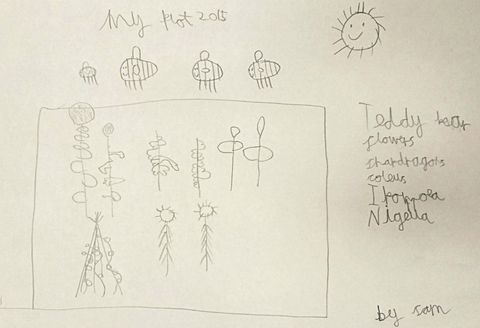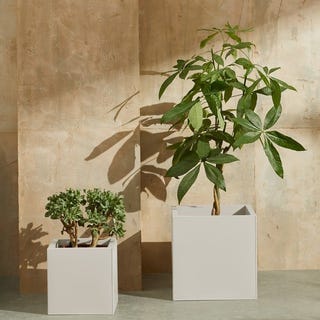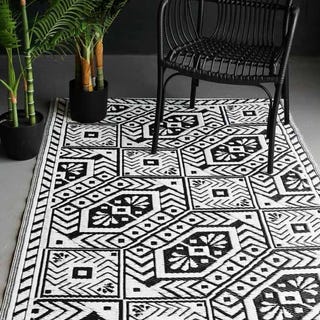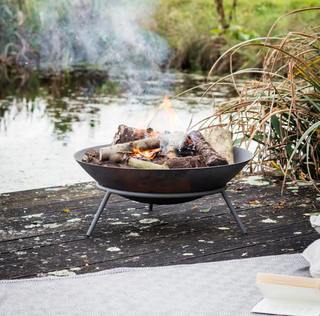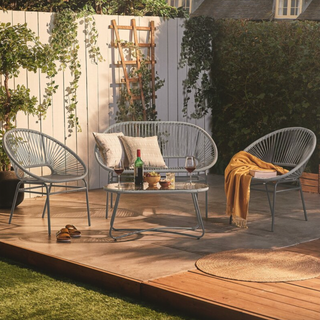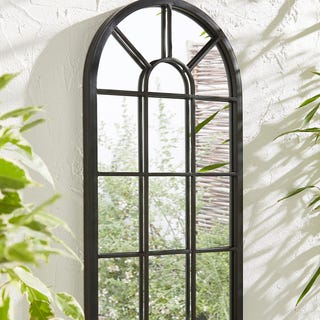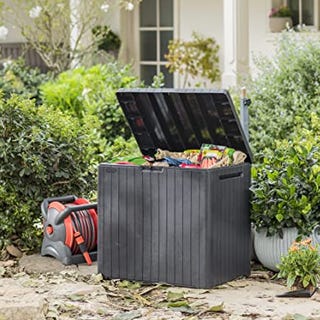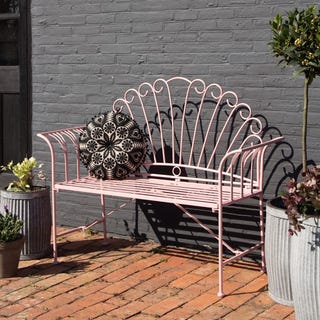We all know kids benefit immensely from time spent outdoors and off screens, but winter can be a challenge when it comes to getting them outside and engaging with nature. The combination of fewer daylight hours and cold or humid weather can make it all too easy to stay on the couch – and that’s as true for adults as it is for kids.
This is where a gardening project can come to the rescue. It may be cold, but that doesn’t mean you can’t have fun growing things and making plans for the seasons to come.
Gardening is a powerful mental health tool. Studies confirm that children’s levels of well-being and happiness increase after spending time connecting with nature. Gardening is also a fantastic way for children to engage in a hands-on activity that stimulates the senses, so it’s perfect for encouraging creative play. And of course, the physical nature of digging and planting is ideal for letting off steam and burning energy.
Take advantage of all these benefits with three simple conservatory projects for kids.
Microgreens are vegetable and herb seedlings that are harvested and eaten while still young. They pack a punch when it comes to flavor and nutrients, and are a great way to elevate sandwiches, smoothies, salads, and other savory dishes.
Growing microgreens is a great garden project for kids because you can do it on a small scale and the seeds are easy to plant and grow. They can be harvested in just two weeks after planting, so they are also suitable for impatient little gardeners.
In winter, microgreens should be grown indoors; a sunny windowsill is an ideal spot.
You will need
- A packet of microgreen seeds (a packet of mixed seeds will give you a nice palette of flavors)
- Small plant pots or recycled take-out containers (wash before use)
- Plant saucers
- Compost or coconut blocks
- Spray or watering can
1. Start by filling your container with compost or coconut. Aim for about three quarters full.
2. Place a few seeds in the palm of one hand, then use the other hand to take a pinch of the seeds and scatter them over the surface of the compost. Try to space the seeds evenly.
3. Sprinkle a small amount of compost on top of the seeds, until they are all covered with a thin layer.
4. If there are drainage holes in your container, place it on a plant saucer.
5. Water your container; Aim for the compost to be moist but not soggy. A spray bottle is easier for children because it is more difficult to overwater.
6. Place your container on a windowsill that gets plenty of natural light.
seven. Check your container daily. If the compost seems dry, add a little more water. Your seedlings might start leaning towards the light; if this happens, invert the container regularly.
8. Your microgreens are ready to harvest when the seedlings are about 5cm tall. Use scissors or your fingers to cut them at the base.
Now you can enjoy your homemade micro-vegetables. You can sow microgreens seeds every few days to create a continuous supply of leaves.
One of the easiest ways to spruce up a dull winter garden is to grow winter bedding plants in a pot. Container gardening is perfect for kids because of the smaller scale and level of maintenance required. Kids will also love the responsibility of caring for their own pot, and they can also add a little craft by decorating their container or making plant markers.
Bedding plants are inexpensive, readily available this time of year, and easy for little hands to handle. Good options for winter potted plants include pansies, violas, heather, primroses and cyclamen for flowers, and ivy, heuchera and cineraria for foliage.
You will need
- A pot or planter
- Compost
- hand trowel
- Gardening gloves
- Winter bedding plants
- watering can
1. Fill your pot with compost until it is nearly full.
2. Carefully remove each plant from its pot. Slide the base of the plant between your fingers, then turn the plant over and use your other hand to gently pull the pot out. Try not to damage the roots.
3. Turn your plant right side up and place it in your container. Keep adding plants until they look full; you can play with their positions until you are happy with the overall effect. Tall plants work best at the back of a pot, and trailing plants should be planted towards the edge where they can fall.
4. Use more compost to fill in the voids around the plants.
5. Water your container and place it in a place visible from inside the house.
6. Your container may not need to be watered again during the winter, but it is worth checking it regularly. Poke a finger in the compost and water if it’s dry.
seven. Regularly remove dead flowers, this will encourage the plants to produce more beautiful flowers.
Involving children in the planning stages of garden design can be just as fun as the gardening itself. Giving them responsibility for their own little patch of land is a great way to spark their imagination, and it will also encourage them to stay engaged and take care of their plants.
You don’t need to give away a large part of the garden; a container, a section of a border or a small raised bed will work well.
Things to think about
The aim here is to give children control over what they grow, but of course there will be some practicalities to consider. Here are some areas you can discuss together as they work on their plot design.
- How much space do we have?
- What are the conditions on our mini plot? Think about the amount of sun/shade, temperature, type of soil, and exposure to things like wind and frost.
- Do we want to grow edible plants, flowers or a combination of both?
- What kinds of flowers and plants do we like? Think color, scent, texture, height, and (for edibles) taste.
- How can we ensure that our mini plot supports local wildlife like pollinating insects, wild birds and small mammals?
- What time of year do we want our plot to be beautiful?
- Are we going to grow plants from seeds or buy them as small plants?
- What is our budget – how much do we want to spend?
Talking about these areas will help you create a wish list of plants well suited to growing on your mini plot.
Design of your plot
Once you’ve narrowed down your list of plants, it’s time to get creative and design your plot. A sheet of paper and a few pens or colored pencils are all you really need, but if you want to draw your plot to scale, you can use graph paper.
Thinking about the following areas will help you:
- How many plants of each type do you have room for? Don’t forget that they will grow!
- If you are creating a flower display, where is the best place to place the tallest plants? And the little ones? How do you want to match the different colors?
- If you grow edible plants, will you be able to reach them at harvest time?
- Do any of your plants need support?
- Will it be easy to water and weed your plot?
- Do you want to incorporate decorative elements into your design?
Next steps
The final step in planning your mini plot is figuring out what you need to do next to make it a reality. This could be creating a plant shopping list, clearing a plot of land, ordering seeds, thinking of ways to decorate your plot, or finding out more about the plants you are going to grow and wildlife that might visit.
Making a simple to-do list with things that can be checked off is a great way to keep kids motivated – and it also means you’re ready to rock when the weather warms up!
To follow Beautiful house to instagram.
This content is created and maintained by a third party, and uploaded to this page to help users provide their email addresses. You may be able to find more information about this and similar content on piano.io

